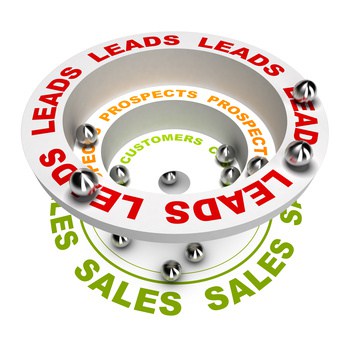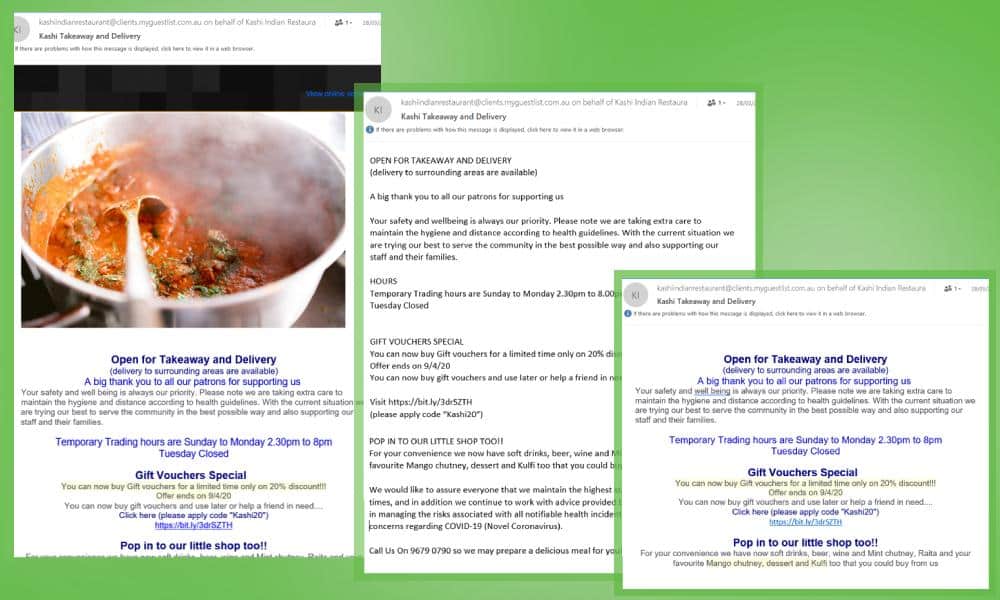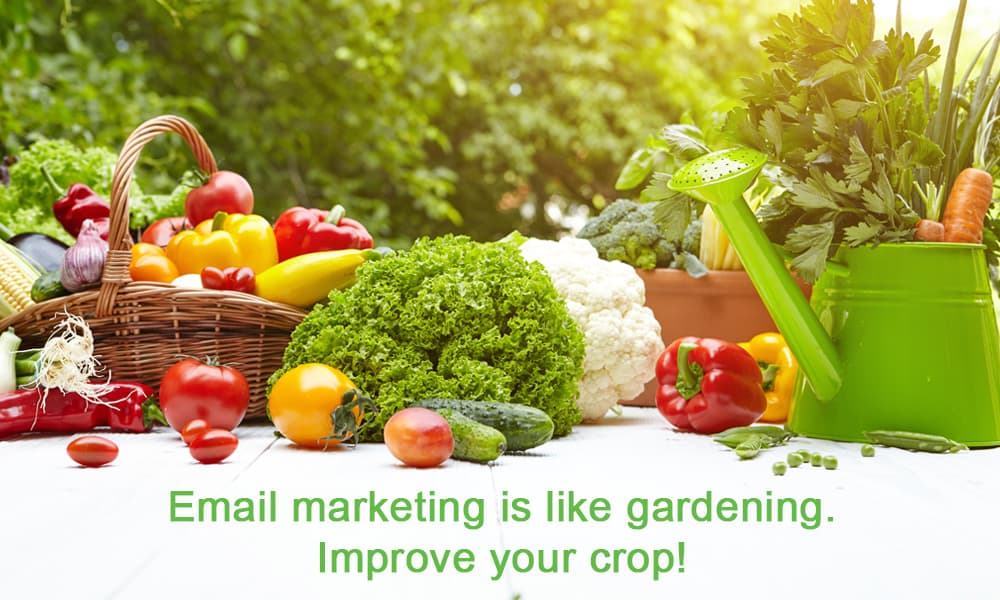The term ‘marketing automation’ has been around for some years now, but it’s still not widely understood or implemented. Smaller businesses have been especially slow to adopt, which is a shame since overworked small business owners are some of those with the most to gain.
What is marketing automation?
It’s exactly what it says it is – software to automate marketing processes and save you time. Now for a more helpful answer. Any marketing automation solution worth its salt will do all or most of the below.

1. Create, send and track personalised emails easily
Personalisation is managed by inserting fields into your email template. It can be as simple as addressing people by name:
Marketing automation seminar – exclusive invitation for Bridget Holland Bridget, how many of these marketing best practices are you using already?Or if you’ve collected the right information it can be much more targeted:
This telecoms plan is tailored for companies like yours, with less than 10 employees.Of course, email marketing is no good without tracking. You’ll also get full visibility on who opened your emails, who clicked on links and how often they clicked those links.
Subscription management to protect you from accidental spamming is also included.
2. Let you create ‘nurture marketing’ or ‘drip marketing’ campaigns
Each campaign is basically a series of emails, sent to an individual based on their actions.
Nurture marketing is at the heart of marketing automation. It is far more powerful than signing someone up to a newsletter for a number of reasons.
Targeted content
Nurture campaigns are generally triggered by a specific action which shows someone is interested in a particular product or service. The content of the campaign is directly relevant to that same offering, so it is much more likely to hold the reader’s interest.
For example, NoBull might run two different nurture campaigns based on information you submit in a form.
- If you choose attracting new leads as your top priority, we send you a series of emails about:
- driving traffic to your website
- how to make your website convert visitors to leads
- direct mail, including letterbox drops and targeted external lists
- building a referral system
- If you say your top priority is growing business from existing customers, we send a different set of emails on topics like:
- measuring lifetime value
- customer databases and segmentation
- effective customer surveys
- how to plan and implement an effective newsletter
- recurring revenue streams
Targeted timing
The campaign ‘kicks off’ based on the prospect’s action, whenever that is. So they get the emails when they are interested, not when you chose to start a campaign.
Campaign options based on how the user acts
As mentioned previously, marketing automation software tracks which visitors open emails, whether they click and how often. You can set up a nurture program to perform different emails based on this data. Let’s use the ‘Attracting Leads’ nurture program I mentioned above as an example.
- Richard receives the email about driving web traffic and clicked on a link to an article listing common web marketing options. We can tell from this that he’s interested in getting more website visitors. So we send him an email about ‘How to decide whether you should focus on Adwords or Search Engine Optimisation’.
- Emma receives the same email about driving website traffic, but she doesn’t click on any links in the email. It doesn’t seem like she’s especially interested in online marketing, so there’s not much point in sending her an email about Adwords and SEO. Instead, she goes on a different nurture path and we send her emails about direct mail options.
So two visitors to our website, who filled out the same form in the same way, are now getting entirely different emails based on their response to what we have sent so far. All without us having to do anything (once it’s set up, that is!) What’s more, this will happen whether they fill in the form this week, next week, next month or even next year. (Unless we change the nurture program.)
You can see why it’s called marketing automation!
3. Track visitors to your website
Every time someone visits your website, a cookie is installed which tracks what pages they visit. If they come back again, the cookie knows they are the same person, so it can link those two visits. Over time, you get to see how many times a particular visitor came to your site, what pages they visited, how long they spent on each page and so on.
This becomes really useful when they fill in a form on your website. Now, you don’t just have the data in the form, you also know what they looked at which prompted them to complete the form. You have much more information about your lead.
4. Social discovery
When a web visitor fills in a form and provides contact details, many marketing automation solutions search social media for related profiles. Depending on their privacy settings, you may also get information from their Facebook, LinkedIn, Twitter and more. Yet more information about your lead.
Create web forms and landing pages easily
Most marketing automation systems have a ‘drag and drop’ style editor which allows you to build a web form or landing page with no need to use code.
What does this mean for you?
- Easy web marketing without needing to go to a web designer every time.
Plus, since you can change elements of your form or landing page yourself, it’s simple to keep testing and improving to get better results.
5. ‘Score’ and ‘grade’ prospects
Marketing automation systems collect a great deal of data about your web visitors, email contacts and other prospects. Scoring and grading help you handle all that data efficiently.
Grading is based on the attributes of your prospects, which you can collect through forms. Say you’re targeting businesses of a certain size, or in particular industry sectors. You create webforms which ask visitors to tell you about their business, and the system assigns grades based on their choices. You might also ask them about their level of interest. (Are they planning to buy in the next month, or the next year? Or just looking with no definite plans?)
Set the system to notify you of all new prospects with a high grade. Now you have automatic notification of your best opportunities so you can prioritise them for follow-up!
Scoring is based on the actions of your prospects. They score points every time they visit a site, or browse a page, or open an email, or click a link. Once again, you set the system up to notify you when a particular score is reached. This prospect might not be in your primary target market, but they’re showing lots of interest, so you want to know about them.
6. Integrate with your CRM
Some marketing automation solutions include a certain level of CRM (customer relationship management) functionality internally. Some integrate with one or more of the most popular CRM software options.
If you’re using a CRM already to track your prospects and opportunities, the benefits of this are obvious. Save time as you won’t have to enter data from web forms again. Have all your contacts in one single place – with all the information about them in that one place too!
If you don’t have a CRM, but you do have enough leads and prospects to think about marketing automation, it’s time to consider a CRM as well. But be sure to think carefully about your business strategy, activities and priorities before choosing any software.
***
You can see from this overview how much marketing automation can improve business results. Of course, it’s not painless to set up – and sadly, the software is the easy part. Making the right business decisions is key to real success.
What information to capture? What content to put in your nurture program? How often to send emails? Which webpages should generate a high score for viewing them?
If you’d like to discuss your business and see whether marketing automation would really add value, please contact us for a no-obligation discussion.







